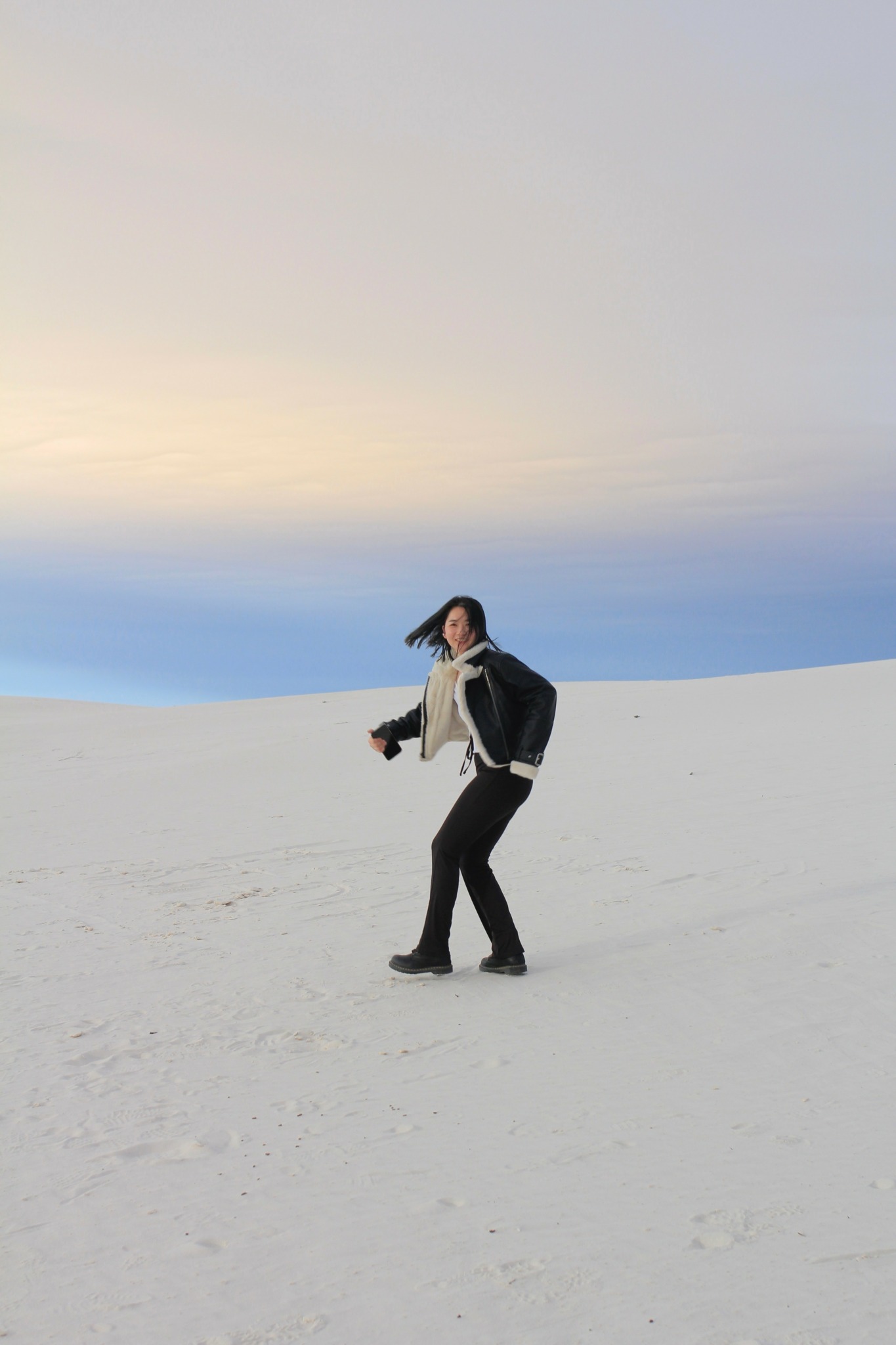We recently connected with Ruoyuan Chen and have shared our conversation below.
Ruoyuan, appreciate you joining us today. What’s been the most meaningful project you’ve worked on?
One of the most meaningful projects I’ve worked on is my individual project, “X-Era,” inspired by the devastation caused by Hurricane Sandy in New York City. The project explores an era defined by uncertainty, rapid environmental changes, and possibilities arising from climate change and extreme weather. Over a year, I researched the survival strategies of indigenous nomadic people in the Sahara Desert and Amazon Rainforest, drawing on their wisdom to adapt to harsh conditions like drought and flood. I then applied this knowledge to imagine future “Plan B” solutions—creative and sustainable ways for people to live nomadic lives in response to the unpredictable challenges of the X-Era.
Another significant project I contributed to was the New York Botanical Garden Ramp project in the Bronx, where I played a crucial role during the construction documentation phase. The ramp, designed to meet ADA standards, not only ensures accessibility for individuals with disabilities but also integrates aesthetic beauty by winding through a landscape that showcases seasonal blooms and vibrant wildlife. The plants along the slope reinforce the soil, reducing erosion and flooding, making the project environmentally beneficial to both the surrounding community and local wildlife. This project was a personal milestone for me, as it was my first local project to be built, giving me valuable insight into the challenges of translating design into reality. I learned how material costs and construction methods interact with design decisions, and I am confident this sustainable project will positively impact both the citizens of New York and the visitors to the Botanical Garden.

Ruoyuan, love having you share your insights with us. Before we ask you more questions, maybe you can take a moment to introduce yourself to our readers who might have missed our earlier conversations?
I am currently a landscape designer in the New York office of a highly reputable U.S. landscape architecture firm, known globally for over 60 years of creating livable environments. Our firm has designed countless prestigious local and international projects, ranging from urban planning, parks, resorts, plazas, to private villa gardens. I’m proud to be part of this award-winning team, contributing to projects that benefit the citizens of New York City, as well as those in major cities across the Middle East, Europe, and China. The landscape design we provide not only benefit people but also make a better world for all species.
My passion for landscape architecture was sparked at an early age, growing up in southern China. The tropical landscape of my childhood—skateboarding and roller-skating through tree-lined paths in my neighborhood—fostered my appreciation for nature’s beauty: plants, wildlife, water, and natural ecosystems.
During my undergraduate studies in landscape architecture in China, I was honored with second prize in a famous international landscape design competition, Yuanye Awards. This recognition helped me realize my potential in the field, which led me to pursue a master’s degree in landscape architecture at the Rhode Island School of Design, one of the world’s top design schools. My work was highly regarded in each studio, and I graduated with the ASLA Student Merit Award, considered the “Grammy” of our field, following an interview with a jury of leading professionals.
The talented professionals in our office all bring unique strengths, and I believe my contribution to the team comes from my willingness to “break the rules.” I’m constantly introducing fresh ideas that challenge conventional standards and shift the way we approach typical situations. For instance, I think from a Gen-Z perspective, proposing designs for trending events and programs that older parks like Central Park wouldn’t traditionally host. I aim to set new trends with innovative design languages and bold graphic styles, which often leave clients impressed—many say they’ve “never seen anything like it.” This not only satisfies their creative expectations but also enhances their commercial success.
Another key strength of mine is my ability to design memorable spaces that reflect culture and a strong sense of place. For instance, designing a villa backyard is about creating a space that will hold memories for decades. It’s essential to consider the family’s habits, local traditions, cultural values, and aesthetics to ensure the design is truly meaningful to them.

Any insights you can share with us about how you built up your social media presence?
Although I am a landscape designer, I’m always eager to expand my creative skills into other areas. To do this, I began capturing interesting moments from my daily life on social media. Sometimes I’ll photoshop my pet into trending images, like the Paris Olympic moments, or film themed videos for fun and to entertain myself and my audience. In less than a year, I’ve grown a following of around 10k people on social media.
Interestingly, I’ve found that the skills required for filming and designing social media content are quite similar to those I use in landscape design. The challenge of impressing an audience is not too different from impressing a high-profile client.
To captivate an audience, you must first impress yourself with your concept and develop your work using your own unique style and language. The most important part is staying true to who you are, rather than trying to be someone you’re not. Just as clients choose to work with you for your authenticity and style, your online audience will follow and support you because they appreciate the real you—your humor, your ideas, the way you think and express yourself, and your values. It’s all about being yourself.
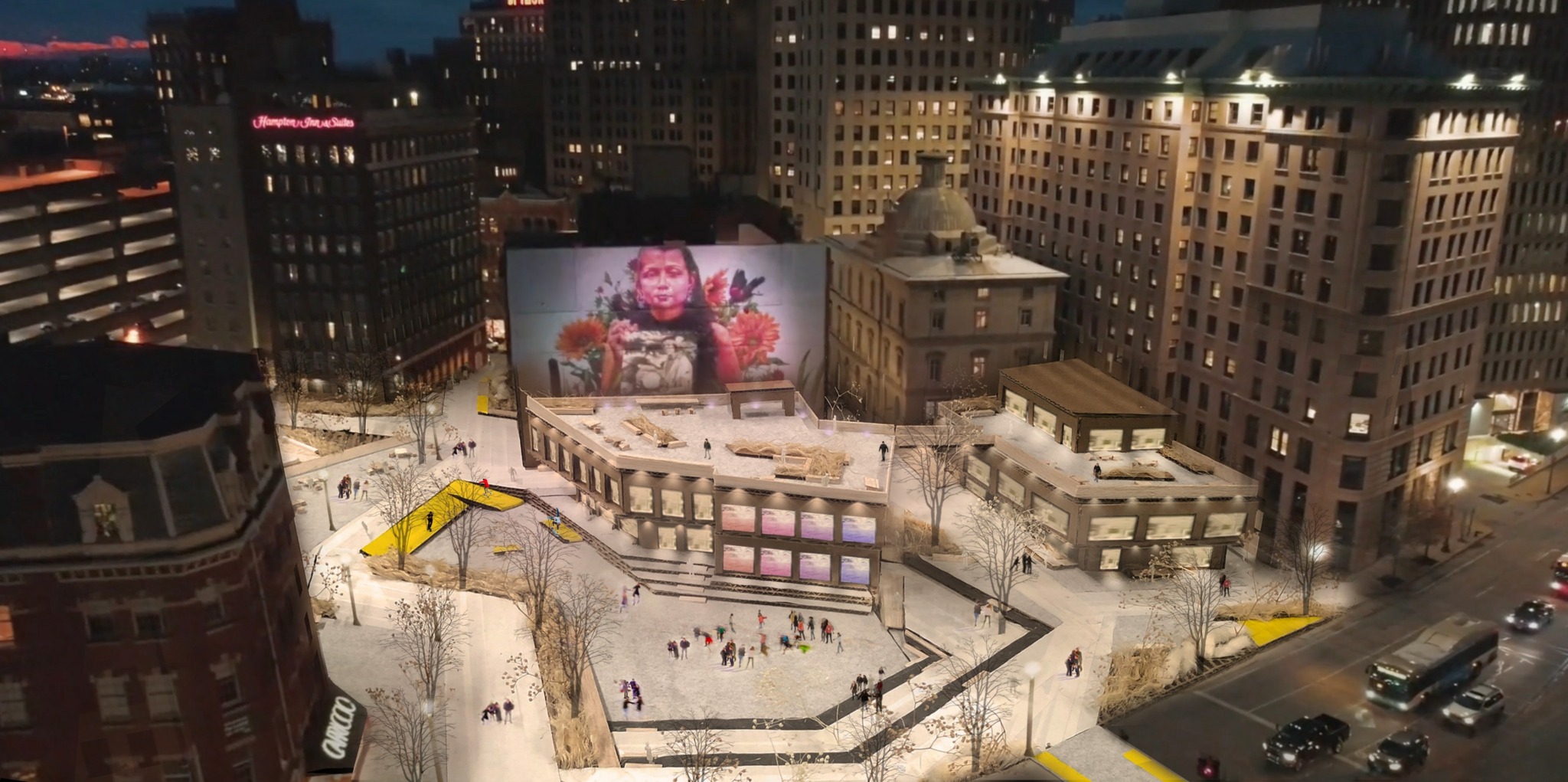
Is there something you think non-creatives will struggle to understand about your journey as a creative? Maybe you can provide some insight – you never know who might benefit from the enlightenment.
Before attending RISD, I often felt like I didn’t fully understand art. I used to wonder what abstraction really meant and how I could create abstract ideas myself. But after collaborating with fellow art and design students and exchanging ideas, I realized that art exists in everyone’s mind. What you decide to cook for dinner could be art, your thoughts are art—everything becomes art when you create it. Anyone can be an artist because art is about embracing endless possibilities.
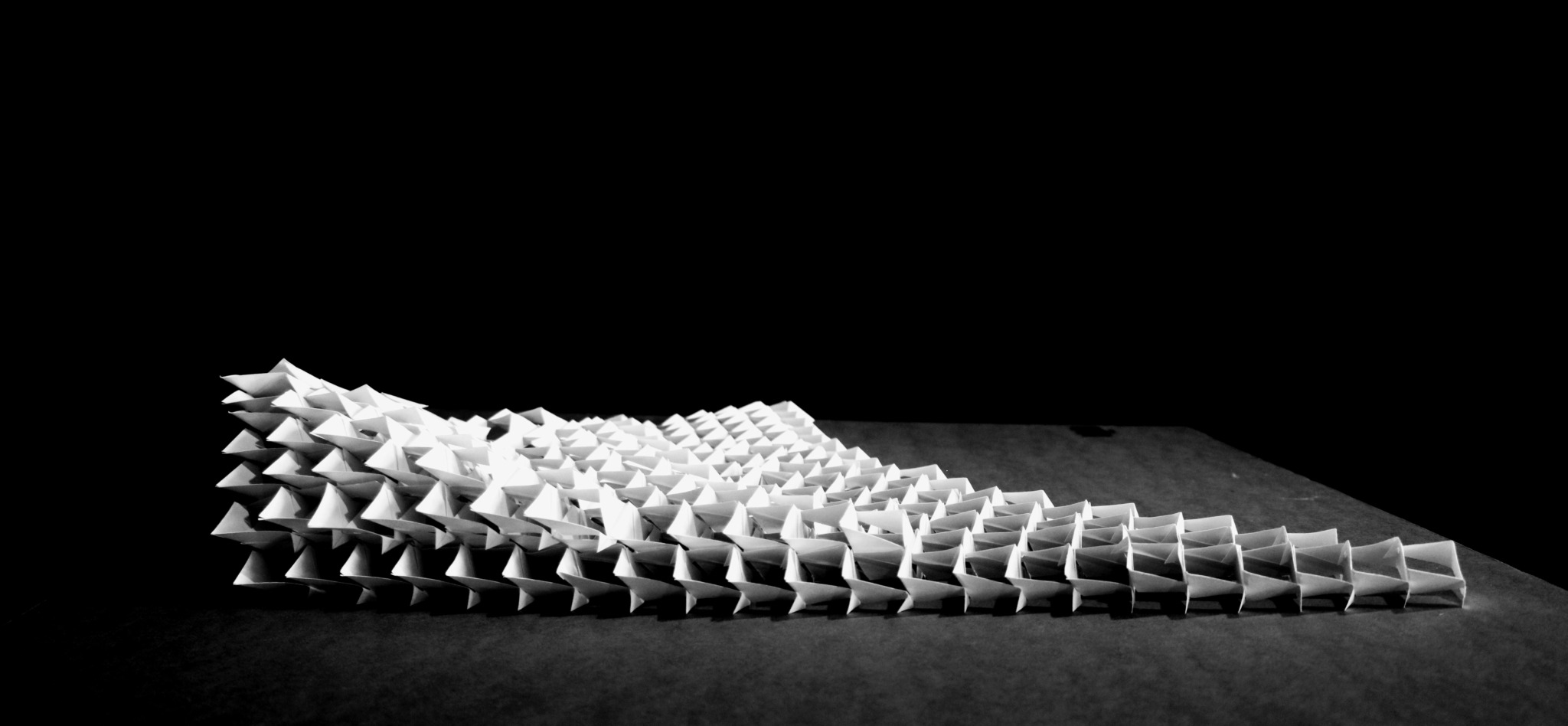
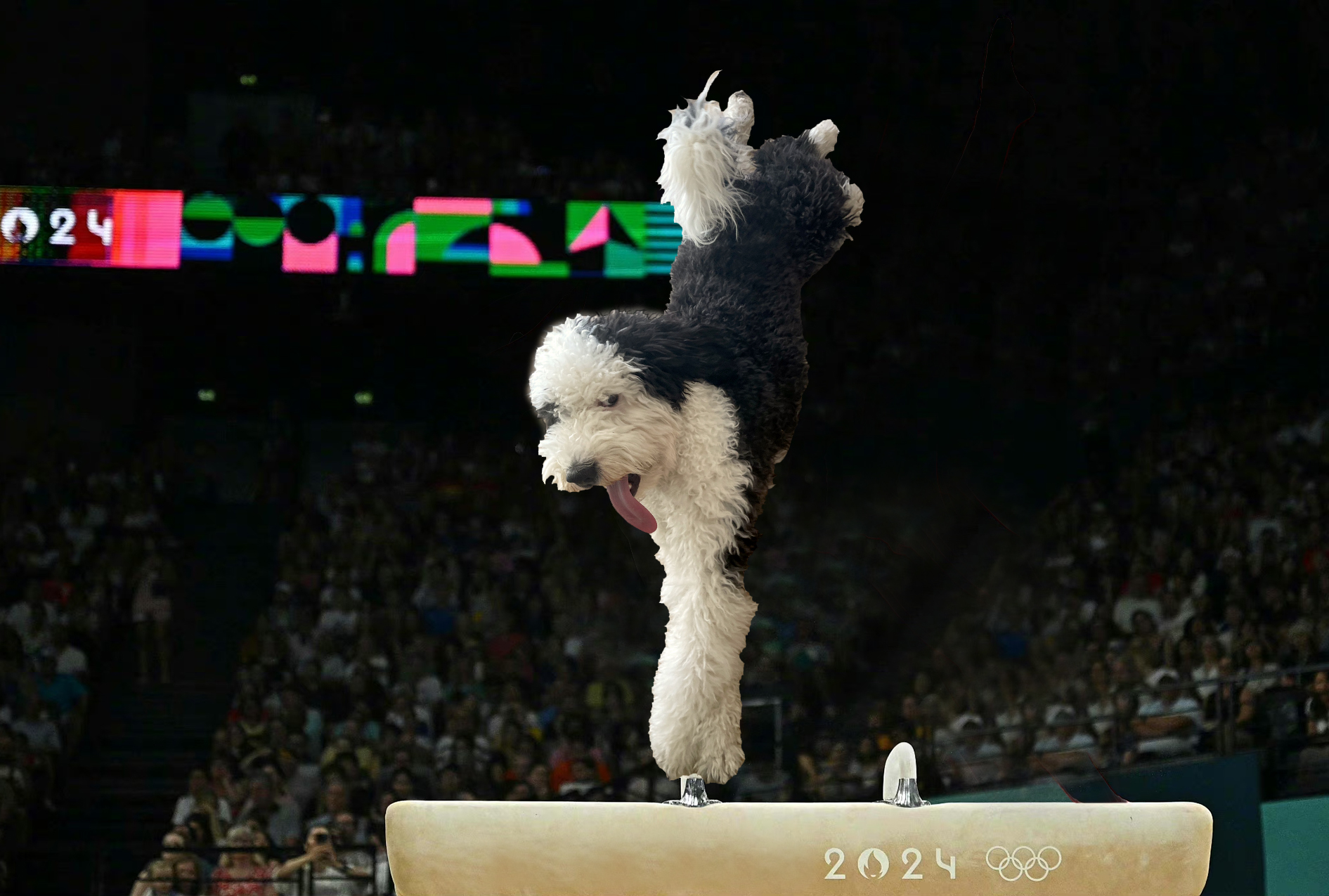
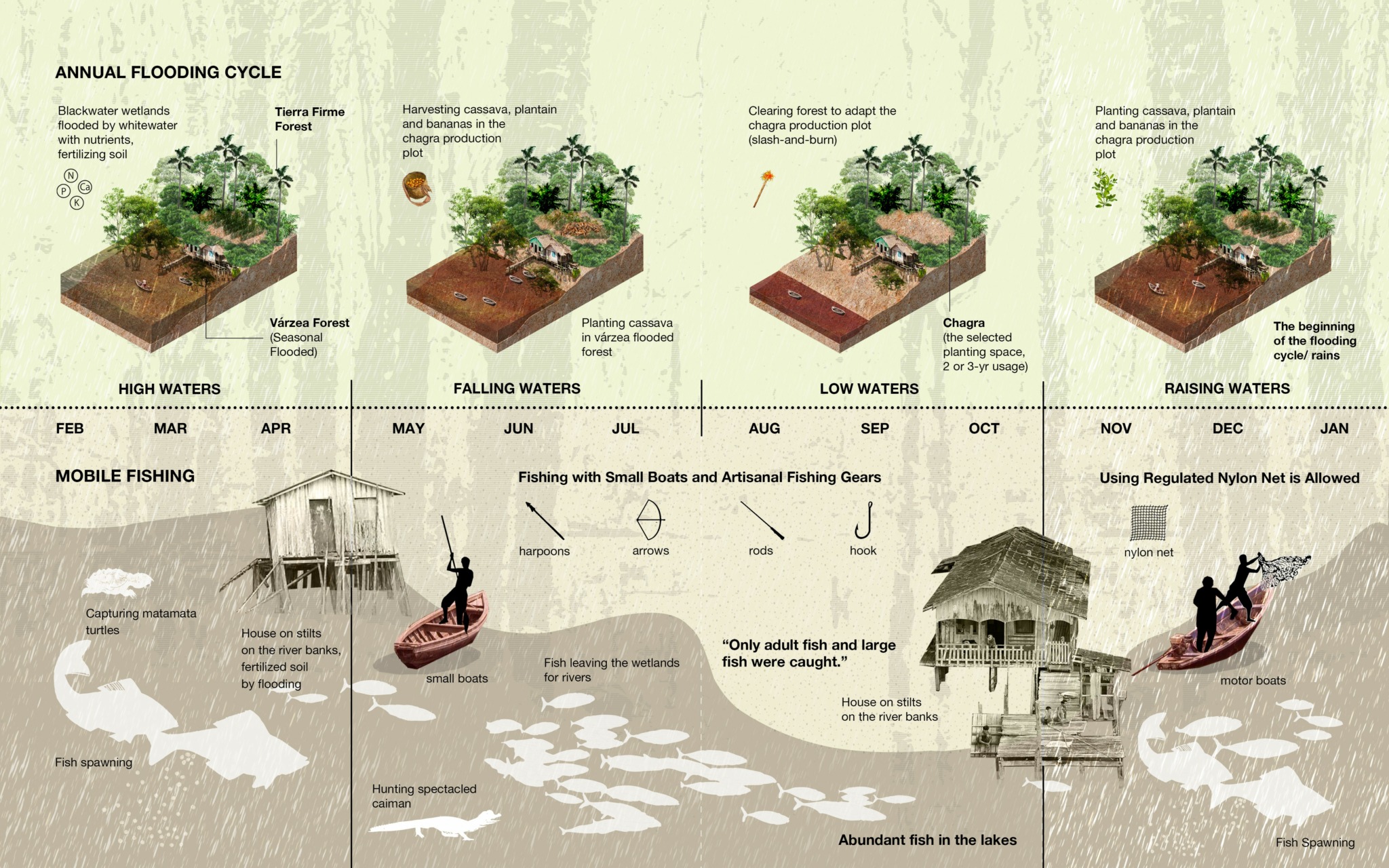
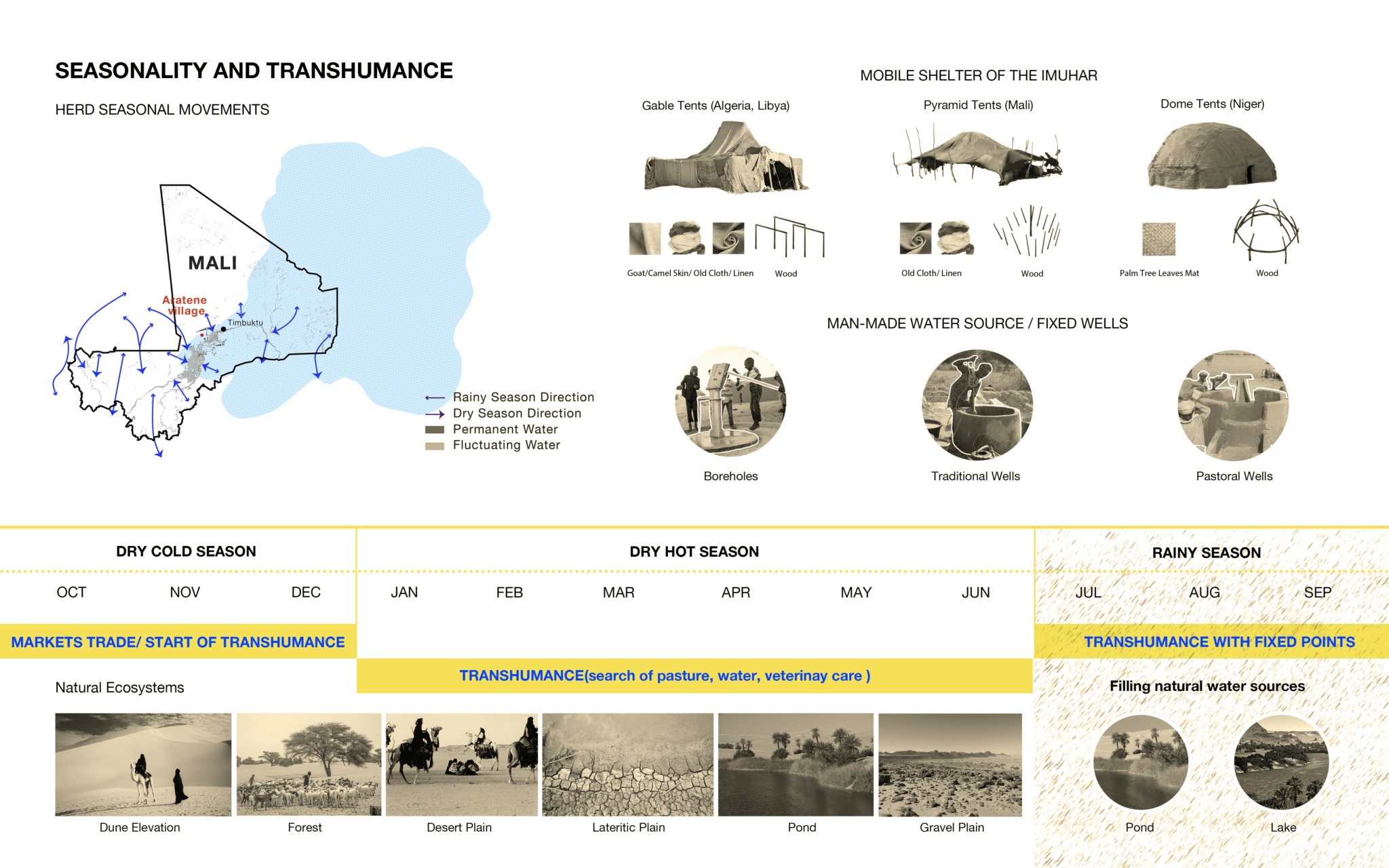

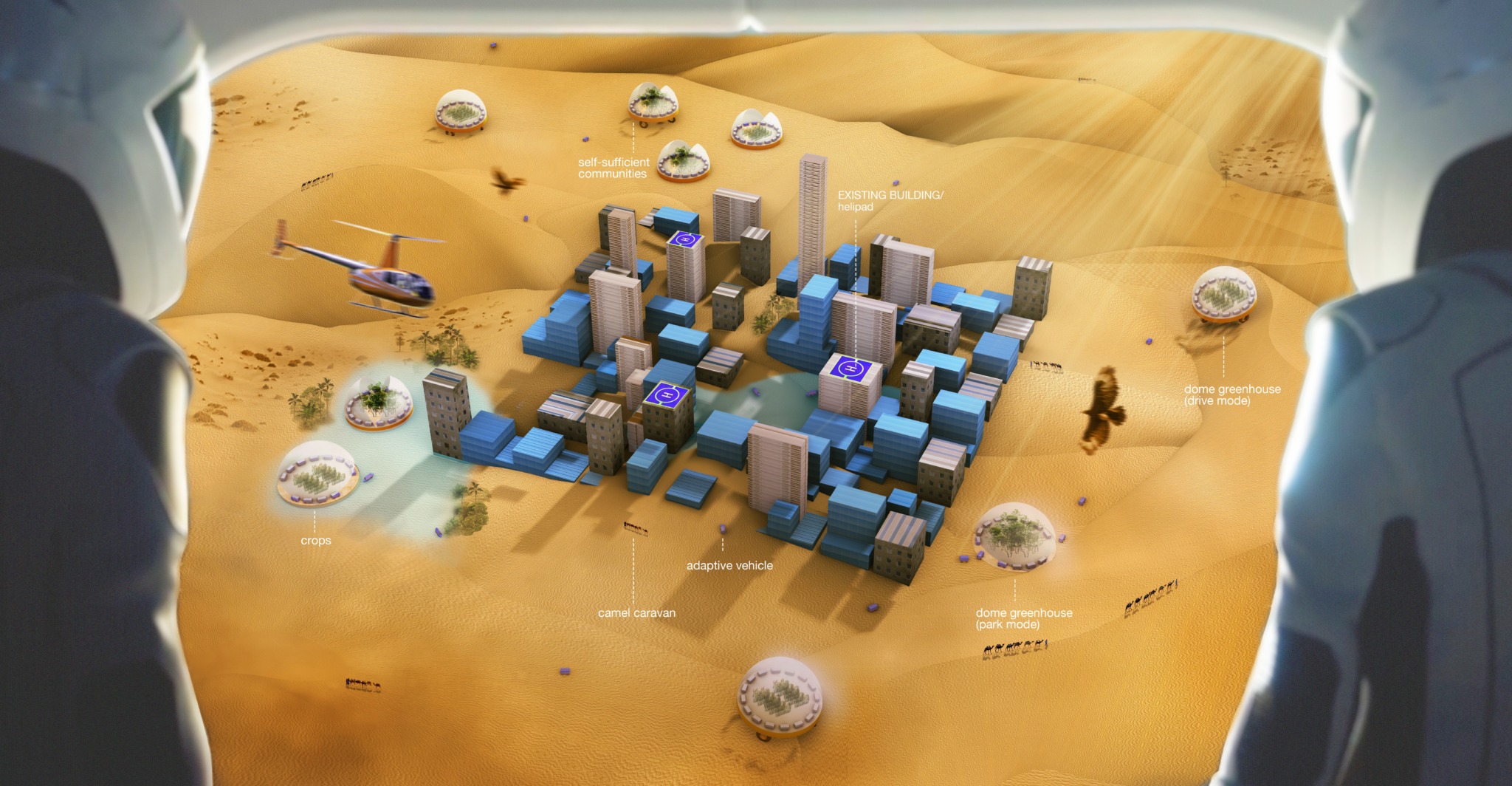
Image Credits
Ruoyuan Chen


